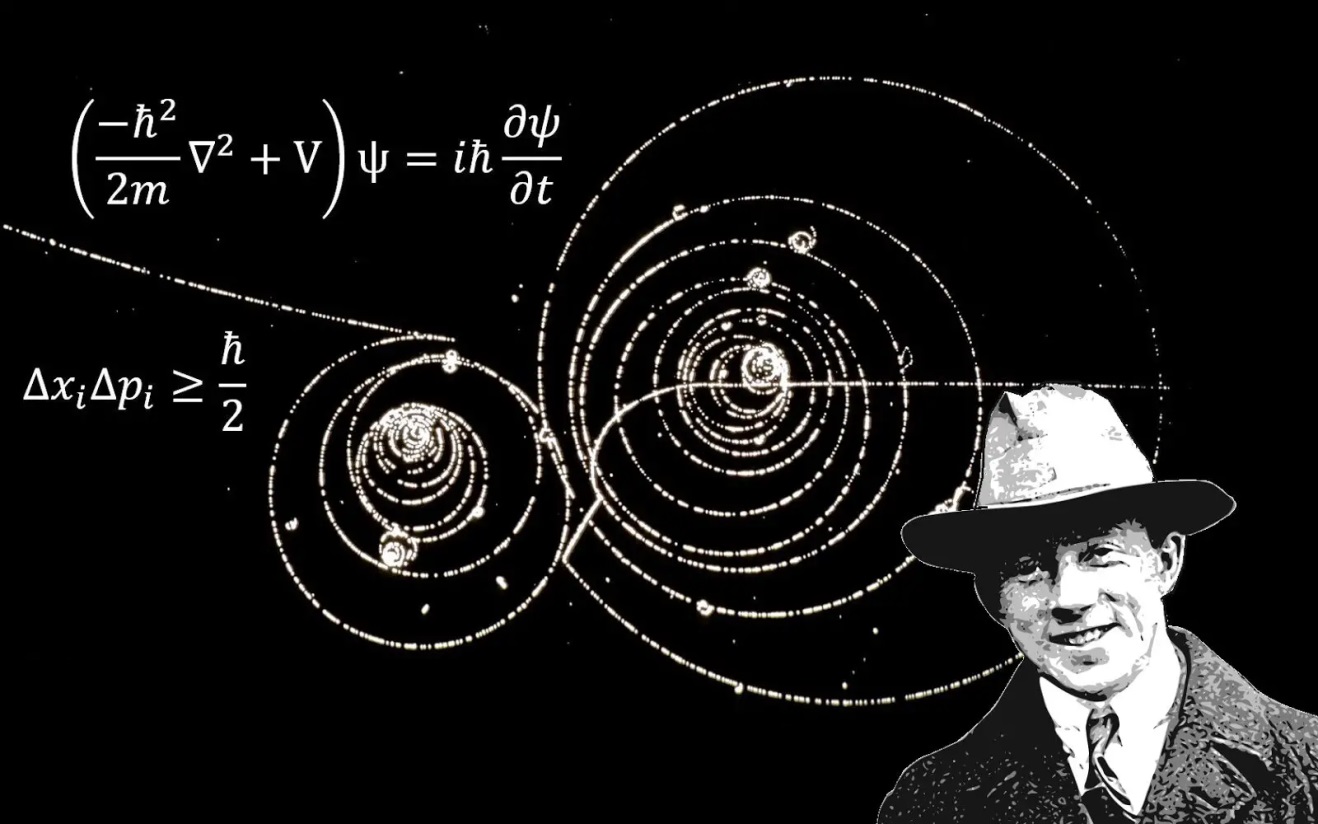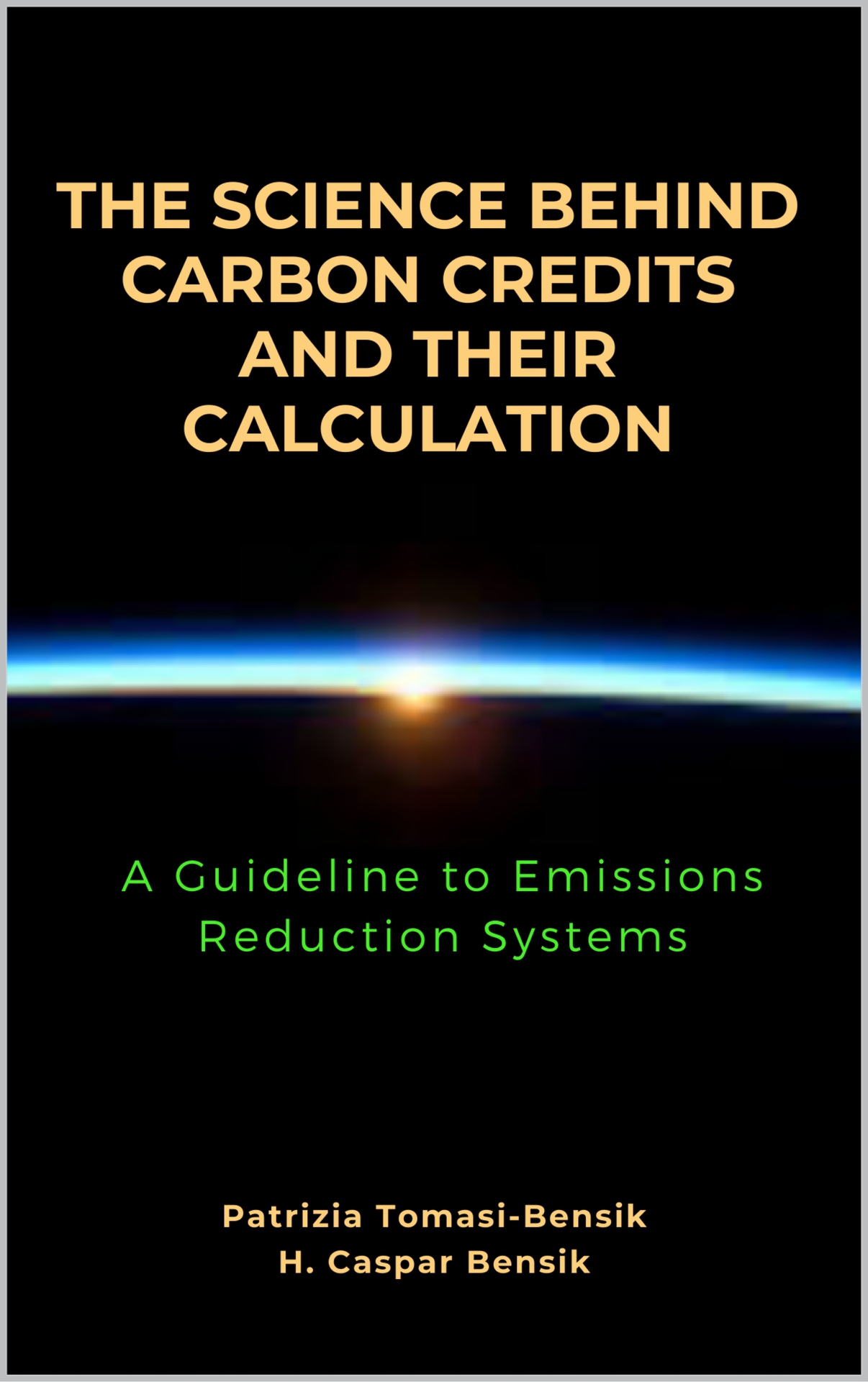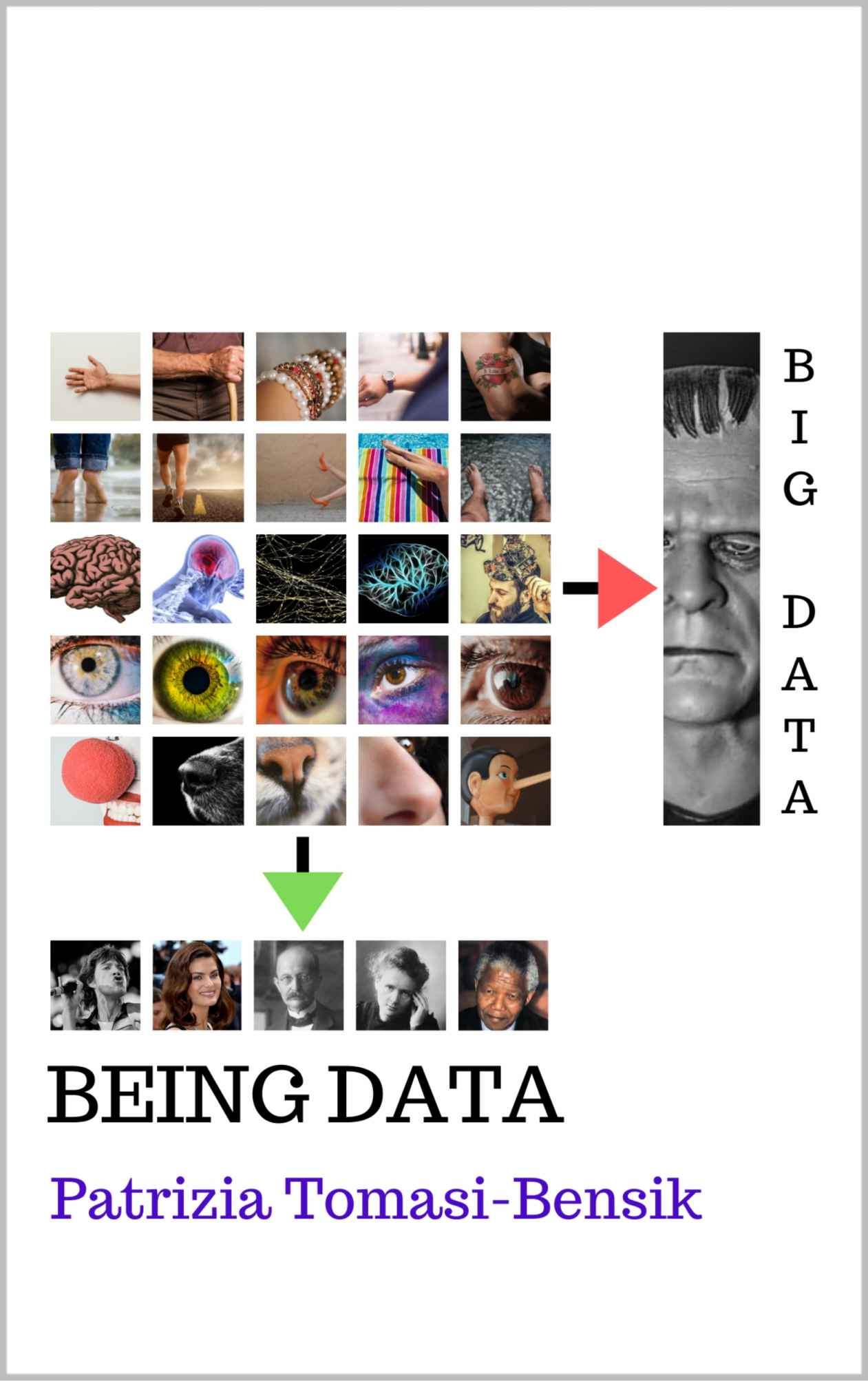Planck E PressCenter Articles
To Understand Heisenberg
Date published: 2023-05-12
Date modified: 2023-05-12
Reading time: 00:01:24

“Only a few know how much one must know to know how little one knows.”
Werner Heisenberg
Classical or Newtonian physics is about quantity and determination, in an ideal world. Quantum mechanics is about quality and amplitudes, in the real world.
These facts seem absurd when we deal with classical physics in our reality, and look where we got! However, it was the limitations of this Cartesian physics, such as the ultraviolet catastrophe, that led us to quantum mechanics.
One of the most illustrious foundations of this physics, which is still largely lost on us, is the Uncertainty Principle.
In 1927, Werner Heisenberg presented us with a principle that contains a formula that sets a limit for the exact measurement of complementary variables. Yes. A formula for measuring inaccuracy. Welcome to quantum mechanics.
Let's say I'm in my laboratory, in the company of... something that will manifest itself as an electrically charged particle; with spin and mass. Or it will appear to me as a wave.
Did I tell you that you're welcome to quantum mechanics? This is it. Get ready. When I observe this something in my laboratory, the fact that I am consciously observing something that I know has two possibilities influences the manifestation (wave or particle).
It is precisely my interrelationship with experience that prevents the precise measurement of the position and velocity -in case the something manifests itself as a particle- of -let us say- an electron.
The energy of a wave depends on its wavelength, and this determines the degree of precision with which we can locate the electron. As the energy of the light increases, the wavelength decreases and the outlines of the electron appear.
These are the light particles or photons that energetically communicate with the electron and disrupt its motion.
That is if we reduce the focus on the position of the electron, the high-energy photons disturb it and it moves more and faster. If we focus on photons of lower energy, the disturbance is less and it is easier to know the position of the electron.
The quantum world is not binary. Yes, we are talking about a context where electrons (particles) are observed in beams of photons (waves) and will manifest as waves or particles. Understanding means moving away from Aristotelian logic.
Few know how much it takes to know the little they know.
Recent Presscenter Articles
-
The Parametrization of Science
-
A Scientific Impossibility
-
The Unsustainable Stability of the Atom
-
The Bell-Curve and the Neutron
Planck E - Books
For further information about Planck E PressCenter, please contact us.
Divulging ingenious solutions
The mission of the Planck E PressCenter is to promote ideas, products and theories that have not yet reached the mainstream, as captured in our first release Eccentrics and their Ingenious Solutions.
Newsletter
Sign up for our weekly Planck E Newsletter, complete with the latest ingenious solutions.
Click here for the signup form.
Submit your ingenious solution
We encourage you to submit your ingenious solution, article, press release or "out of the mainstream" technical idea for publication on the Planck E PressCenter. Please send us an e-mail to presscenter@planck-e.com and enquire how.
To learn more about holistic engineering, solutions inspired by nature, monetization of diseconomies, training courses or the incorporation of Being Data to your day-to-day, please follow us on the social networks.



